Let's explore unique architectural and building designs that can avoid the effects of earthquakes around the world .
1. Sabiha Gökçen International Airport (Istanbul, Türkiye)
As one of the main airports serving the historic city of Istanbul, it is also one of the best earthquake-resistant structures in the world. Sabiha Gökçen is one of two international airports in Istanbul, Türkiye, located near the North Anatolian Fault.
The airport was designed by engineering firm Ove Arup to have 300 seismic isolation systems that can withstand earthquakes of up to 8.0 Mw (moment magnitude). The seismic cushions can reduce seismic loads by 80%, making it one of the largest seismic isolation structures in the world.
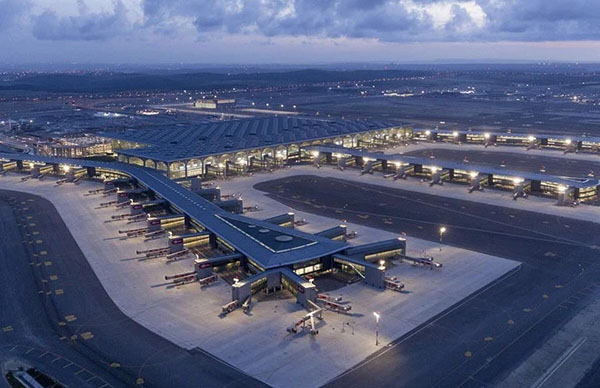
Sabiha Gökçen International Airport with a construction investment cost of 12 billion USD.
One of the key features that makes the airport “earthquake-proof” is something called a “triple friction pendulum device”.
The entire station is built on a platform and is largely isolated from the ground, Architects Journal explains. This allowed the station's design team to design it as if it were in a seismically neutral location, and added features like large footprints and sliding devices that would make the structure less susceptible to strong ground movements.
The airport's friction-slip isolation bearings are manufactured by Earthquake Protection Systems (EPS). They use the principle of a basic pendulum to keep structures isolated from the ground during severe earthquakes.
When an earthquake impacts this structure, the airport's anti-seismic system will move slightly like a pendulum. The earthquake-induced displacements occur mainly in the bearings, thus minimizing the impact of horizontal loads and ground vibrations on the structure.
2. Transamerica Pyramid
The Transamerica Pyramid is an iconic 1970s structure in San Francisco, California, located near the San Andreas and Hayward faults. In 1989, the Loma Prieta earthquake hit the area with a magnitude of 6.9Mw and caused the top floor of the pyramid to sway about 30cm for over a minute, but the building remained standing and undamaged.
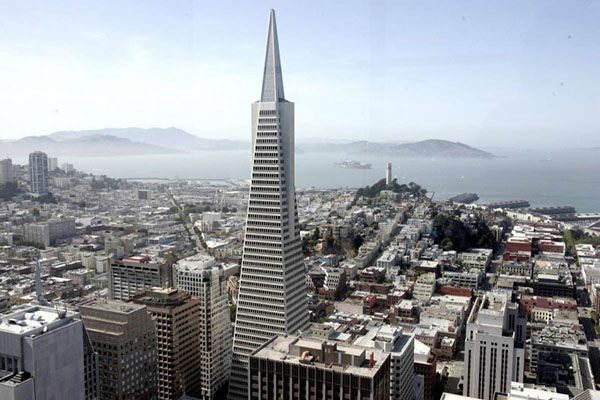
The Transamerica Pyramid is an iconic 1970s structure in San Francisco, California.
This earthquake resistance is achieved by a 1,585m deep steel and concrete foundation designed to move with seismic loads. Vertical and horizontal loads are supported by a unique truss system located above the ground floor, with internal frames extending up to the 45th floor of the building. The complex combination of this structural system gives the building the ability to resist torsional movements and allows for the absorption of large amounts of horizontal shear at the foundation.
3. Burj Khalifa Building (Dubai, UAE)
This skyscraper needs no introduction. The Burj Khalifa is simply one of the most iconic skyscrapers in the world and coincidentally, it is also earthquake-proof.
The structure includes mechanical floors where cantilever walls connect the load-bearing columns to the interior walls. In this way, the load-bearing columns will be able to support the lateral resistance of the structure. The straight columns also help absorb the gravity loads.
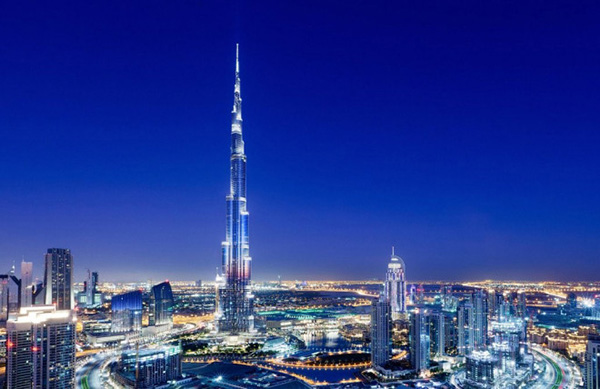
Burj Khalifa building - the great man-made structure of Dubai.
As a result, the Burj Khalifa is exceptionally stiff in both the lateral and torsional directions. A complex foundation design system was formed as a result of many hours of seismic and geotechnical research.
4. Taipei 101 Tower
Taipei 101 is perhaps one of the most stunning skyscrapers in the world. Its exterior design (by CY Lee) was inspired by the saying, “the higher you climb, the farther you can see.”
Architecture aside, the amazing fact about Taipei 101 is that it has the world’s largest mass damper (TMD). It’s essentially a giant metal sphere that counteracts large unstable loads like wind and earthquakes to reduce the swaying of the skyscraper.
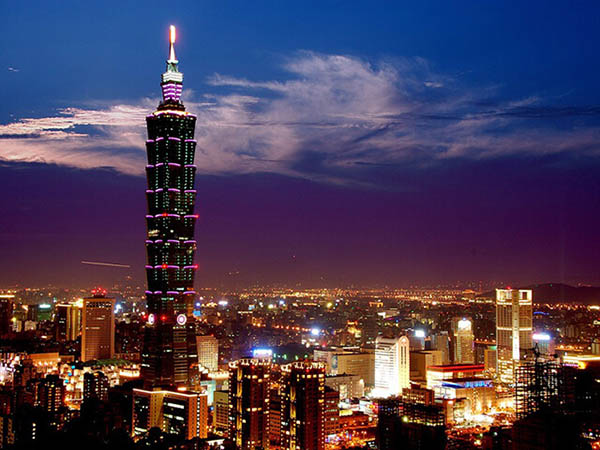
Taipei 101 Tower – the pride of Taiwanese people (China) Photo: Internet
The mass damper is supported by a hydraulic damper and a damping system that functions similar to the shock absorbers on a car. When a large force is applied to the tower, the TMD moves in the opposite direction, using the mass of the ball to absorb the transient forces and bring the building back to equilibrium. This earthquake damper system is located between the 87th and 92nd floors.
5. Philippine Arena
The Philippine Arena is the world's largest domed arena and an incredible earthquake-proof structure. It is owned by the Christian group Iglesia Ni Cristo (INC), which commissioned the 55,000-seat arena for its 100th anniversary on July 27, 2014.
It is also the centerpiece of the Ciudad De Victoria tourist area in Bulacan, Philippines. The arena was designed by Australian architectural firm Populous and leading engineering firm Buro Happold.
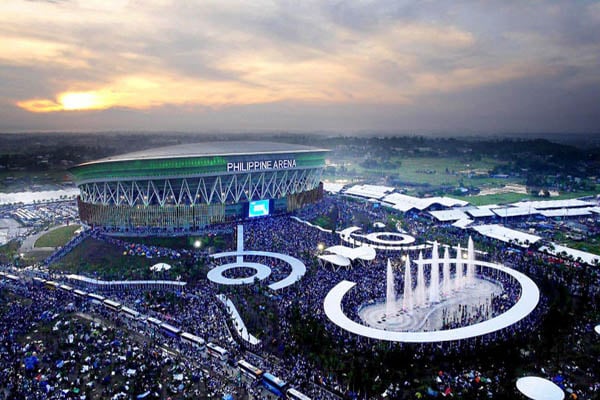
Philippines Arena.
The Philippine Plate lies along the Pacific Ring of Fire, a chain of active earthquake faults that is known to be the world's most dangerous. Previous earthquakes in the Philippines have reached as high as 8.2 Mw and killed thousands of people. Seismic activity has also caused volcanic eruptions and tsunamis in the region.
The massive roof of the Philippine Arena, spanning 170m, is designed to withstand extreme erratic loads such as earthquakes, winds and typhoons. During an earthquake, the lateral loads exerted throughout the entire structure can be as much as 40% of its mass.
Buro Happold’s ingenious solution was a foundation-independent design for the entire structure, meaning that the main structural body of the arena was isolated from its base and foundation. The gap between the main structure and the foundation system was filled with lead rubber bearings (LRBs). This is a flexible arrangement of materials with high energy dissipation properties.
This allows the footing and foundation system to move freely with the force of the earthquake, while the top structure remains stationary. This is truly an incredible feat of engineering.
While there is no way to defeat the power of nature, engineers can use their tools to at least try to minimize its impact. These and other earthquake-resistant structures around the world are testaments to human ingenuity and the skills of the engineers behind their construction.
Source
















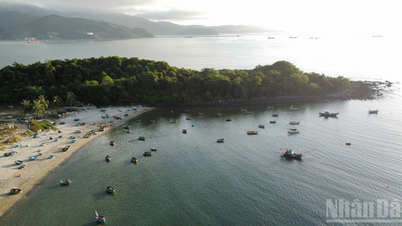
















































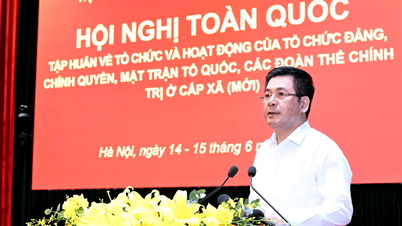










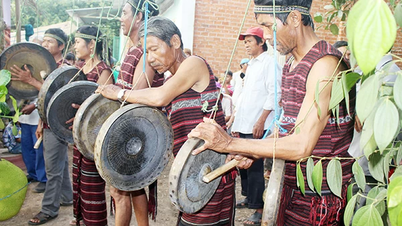




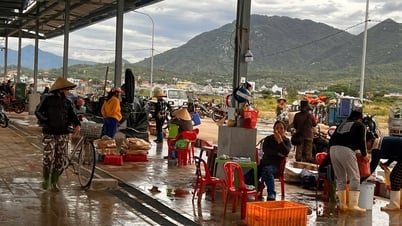











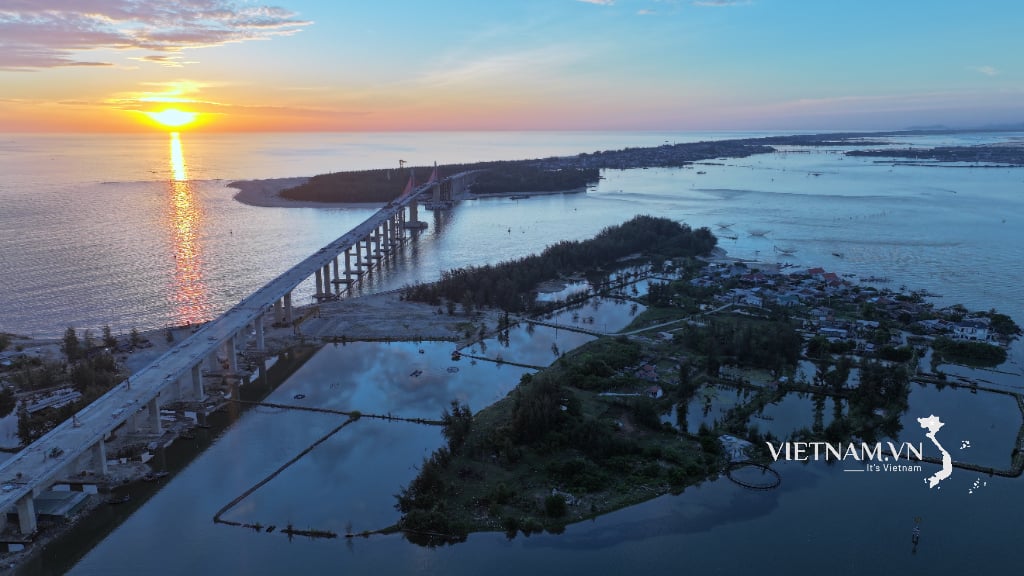


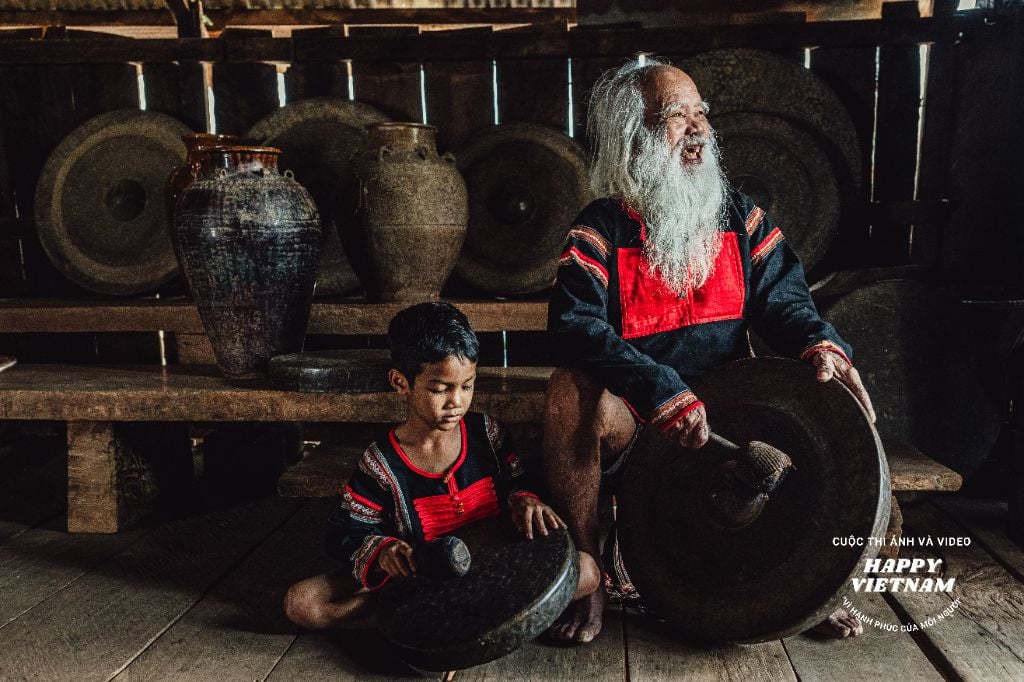
Comment (0)